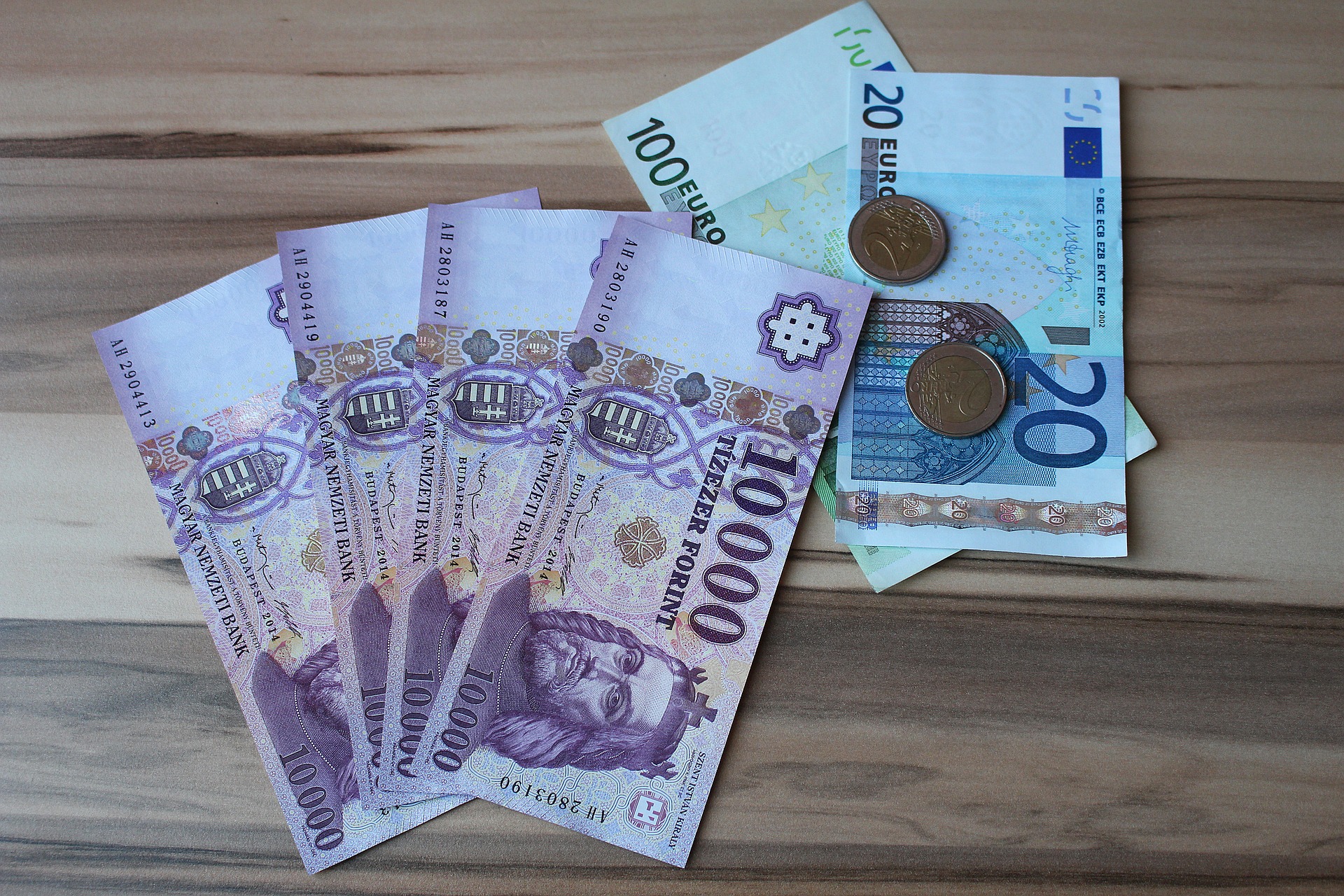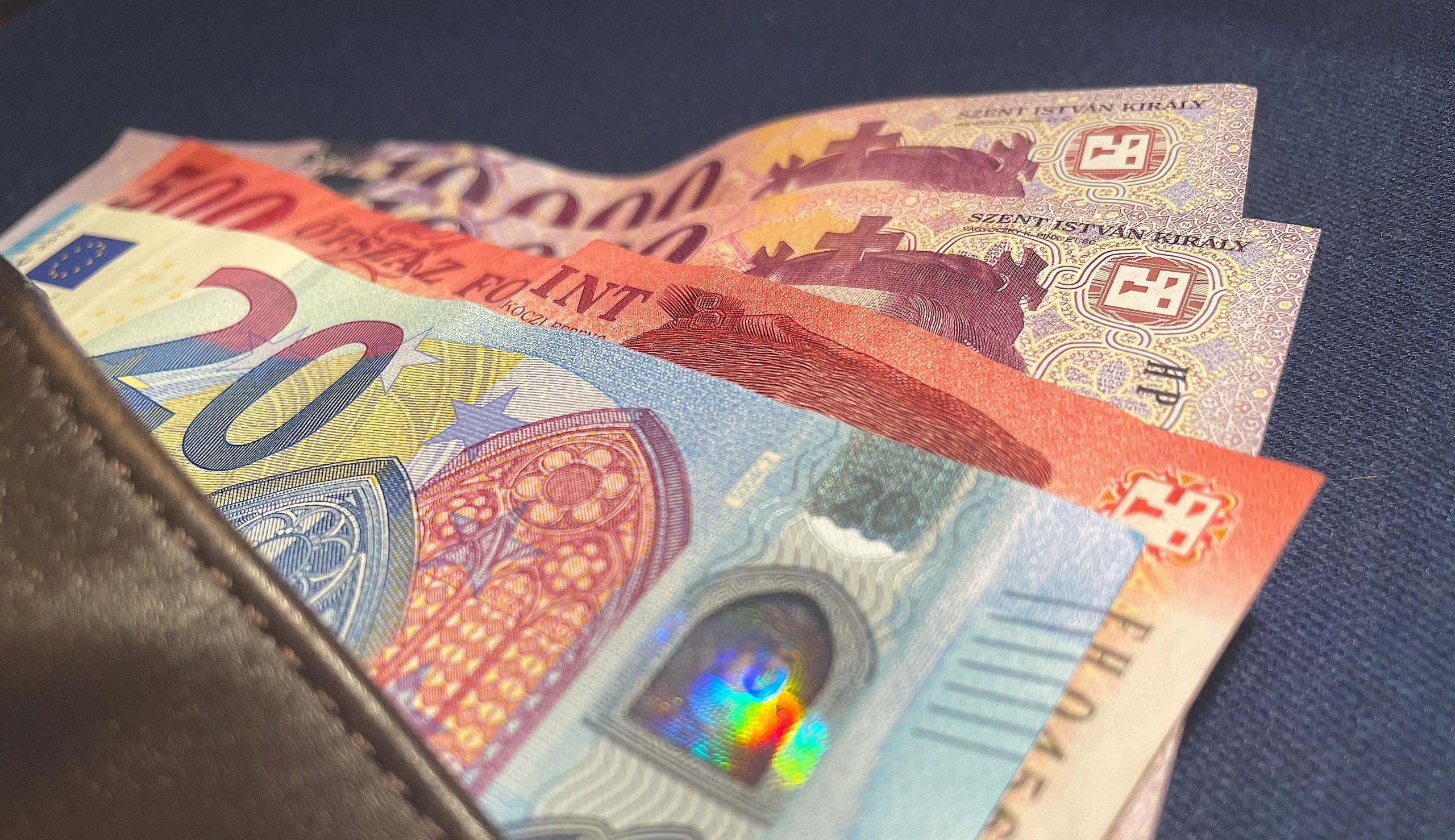
The price of the euro was HUF 383.42 on Wednesday afternoon.Continue reading

The National Bank of Hungary (NBH) raised the rate for its one-week deposit facility by 75 bp to 5.35% ahead of a tender on Thursday. The increase was likely a reaction to the rapid weakening of the forint in recent days, economic news site Portfolio reports.
According to the paper, in recent days, expectations of an interest rate hike among analysts have been growing as the forint was hitting a new historic low against the euro virtually day by day, with the rate hovering above 383 on Wednesday.
While some analysts argued that the central bank needed a hike in this situation to protect the exchange rate, others thought that since the NBH had no influence on the Russian-Ukrainian war, it was pointless to do anything and that an unexpected hike could even seem like a panic reaction.
Meanwhile, the Hungarian currency was all over the place on Thursday morning. In the early hours, the forint strengthened to 376.5, meaning there was a rise of over one percent before gradually losing momentum. It did not take long for the forint to weaken back above 380 against the euro, but after the announcement of the interest rate hike, the forint saw a small recovery. The Hungarian currency moved away from the 380 level against the euro and is now trading around 379.
The decision came after the central bank acknowledged on Tuesday the impact of the war in Ukraine on financial markets, and said it was prepared “to intervene using all elements in its toolkit to ensure the stability of Hungarian financial markets.”
NBH policymakers had signaled in January that the central bank aims to change the one-week deposit rate once a month, but stands ready to use the instrument “flexibly” and could modify it more frequently if necessary.
The Hungarian deposit rate was already the highest in the region, and this gap has only widened with the latest move. The Czech rate is now 4.5% and the Polish 2.75%. Given the strong weakening of the koruna and the zloty in recent days, however, there is a growing chance that Prague and Warsaw will also tighten further in the weeks to come.
Featured photo by Dániel András Vargha/Hungary Today